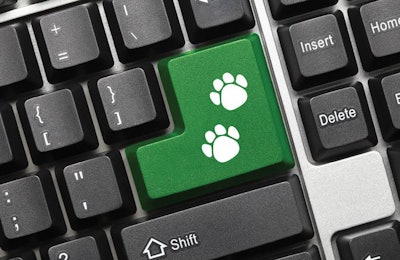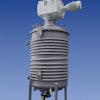
After the COVID-19 pandemic caused widespread restrictions on movements in the United States, Civic Science, a consumer research firm, asked 1,861 U.S. pet owners about their pet food buying habits. In the survey conducted in late March, 17% of participants reported buying more pet food and supplies online due to the pandemic, while 64% felt they had sufficient pet food and supplies to last the next three to four weeks. The majority, 76%, stated that they had not changed their pet food buying habits at all though.
View our continuing coverage of the coronavirus/COVID-19 pandemic.
Pet food buyer demographics in U.S.
Earlier surveys by Civic Science examined pet owner attitudes and demographic patterns. If you combine all characteristics identified in one of those surveys, Baby Boomer female chefs who own a dog and shop locally or online may be the demographic group most interested in pet food quality. Civic Science conducted a survey of 1,726 pet owners in early February. Overall, 76% said that they were concerned with pet food quality. Pet owners who were concerned about quality tended to buy online, though consumers who shop local were also attentive to pet food quality. Women were the most likely respondents to describe themselves as very concerned. Cat owners were 15% less likely to worry about food quality than dog owners. Increasing age tended to correlate with concern, and 83% of Baby Boomers reported being concerned to some degree.
A Civic Science survey of 3,200 pet owners in mid-February found that 46% of pet owners place equal importance on brand and price. While 30% place a lot of importance on brand, only 8% place similar weight on price. To buy their pet foods, these consumers went to Target, Walmart and other big box stores (22%), grocery stores (21%), pet specialty chains, such as PetSmart and Petco (16%), local pet stores (12%), online from Chewy or other pet retailer (11%) or from Amazon (6%). However, there were differences between dog and cat owner shopping habits. Cat owners were more likely to shop at grocery stores than dog owners. Likewise, dog owners were more than twice as likely to shop at a local pet store.
View our continuing coverage of the coronavirus/COVID-19 pandemic.



















